Travel to distant–and not-so-distant–planets is an exciting thought, but the logistics are daunting. Measures must be made to keep our relatively fragile human bodies safe from the extreme climates of the other planets, which can include 500-degree temperature fluctuations (Mercury), sulfuric acid rains (Venus) and pressure so high that diamonds can be formed in the atmosphere (all of the gas giants).
However, as the prospect of humans on other planets becomes more and more plausible thanks to advances in technology, people are beginning to look at what can be done to push the limits of exploration even further. Recently, a group of scientists and creatives created wearable items that are part conceptual art project and part technology prototype that might inform how we equip explorers of the worlds beyond in the future.
The collection, titled Wanderers: Wearables for Interplanetary Pilgrims, was created jointly by Neri Oxman, Christoph Bader, Dominik Kolb, several people from the MIT Mediated Matter Group. In all, four pieces were created for Mercury, Saturn, Jupiter and Earth’s moon. Their names come from the Arabic words for these celestial bodies. They were introduced at EuroMold in Frankfurt, Germany.
Al-Qamar (the Moon)
Zuhal (Saturn)
Mushtari (Jupiter)
Otaared (Mercury)
These forms were created using 3D printing and include vascular structures and internal spaces, and for very good reason. Not only do the wearable forms create a physical barrier between the body and environment, but they are full of synthetically-engineered microorganisms that can, through biological processes, convert the deadly into the habitable.
Each piece is designed to deal with a specific environment, with the microorganisms chosen for their ability to not only survive in inhospitable habitats, but to take the characteristics of those habitats and convert them into something beneficial for the human wearer. For example, some might use biofluorescence to provide light in dark worlds, some bio-mineralize to strengthen human bone matter to content with higher pressures. The idea is that the shells of the wearbles would be 3D printed, and the microorganisms would multiply within them, creating the wearble item as a whole, and incorporating living and nonliving elements.
The Wanderers collection, is, of course, only symbolic of the possible technologies that may be used as humans push outwards from the Earth. Their high-fashion silhouettes would of course be impractical on the surface of, say, Europa, but the synthesis of the human body with other life forms for a symbiotic life support system, the accessibility of 3D printing and the tailoring of protective gear to specific environs are all valuable concepts to consider for space exploration. The bright colors and extreme shapes of the Wanderers collection are more for show.
As art or fashion pieces, the collection is striking, at once earthly and alien, calling to mind both biological and mechanical forms, traditional formal wear and sci-fi costumes, and explore the boundary between the body and the item being worn, turning the wearer into a tiny world-in-a-world, taking pieces of their home planet along as they explore the solar system.
Via Designboom
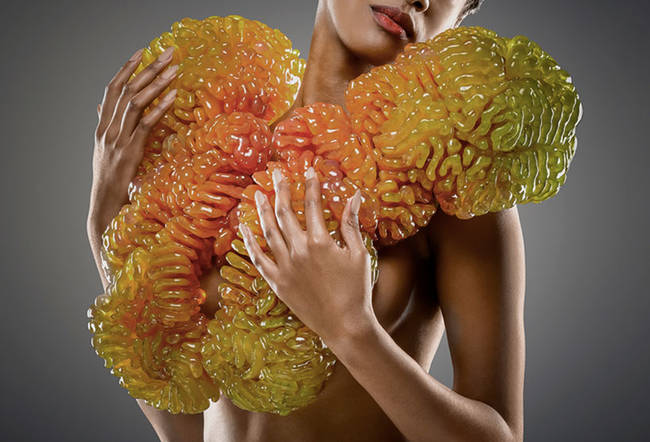 share
share
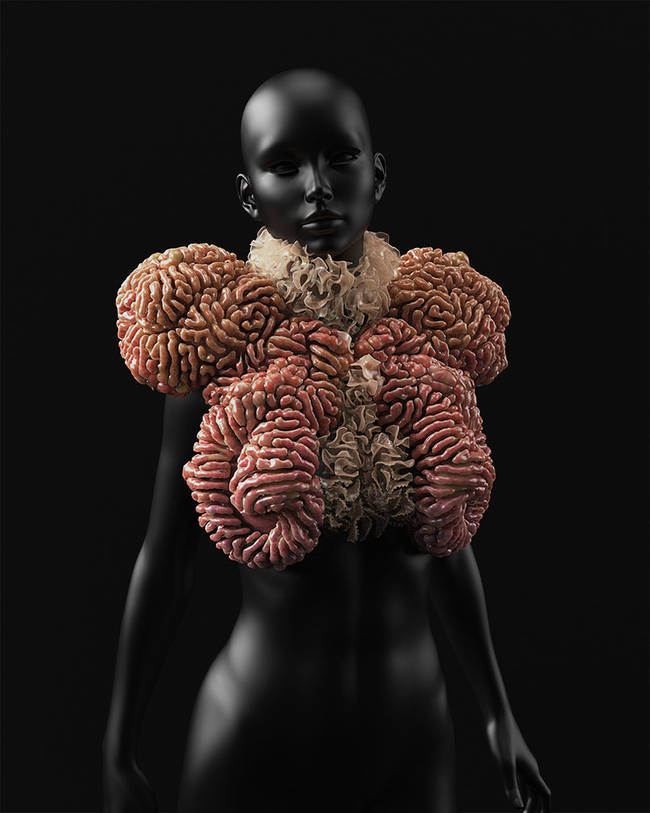 share
share
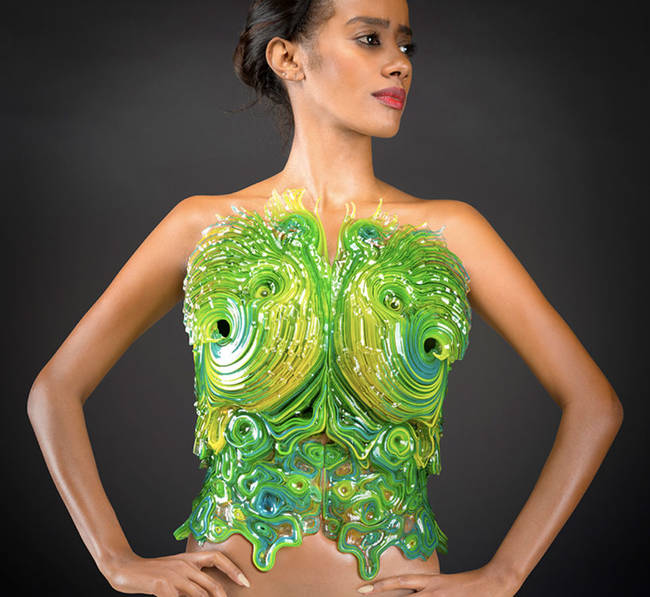 share
share
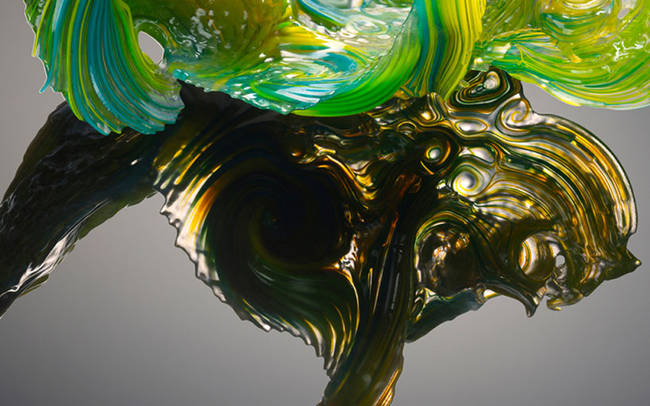 share
share
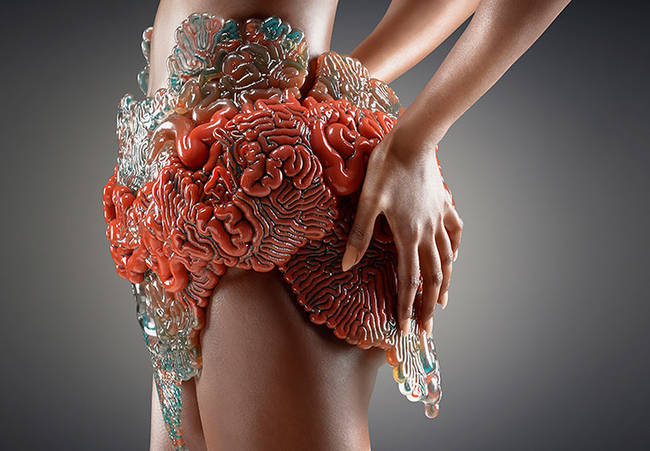 share
share
 share
share
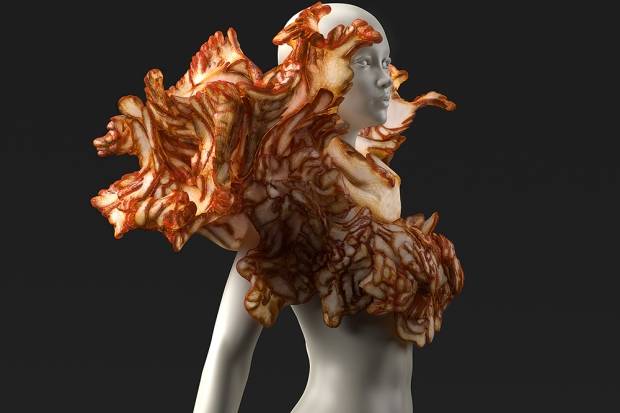 share
share
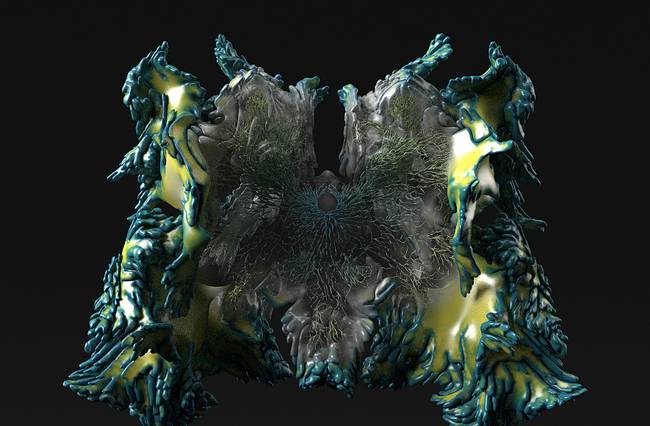 share
share
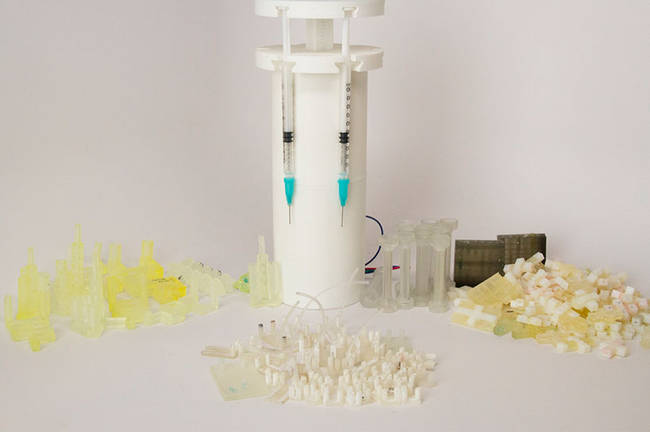 share
share
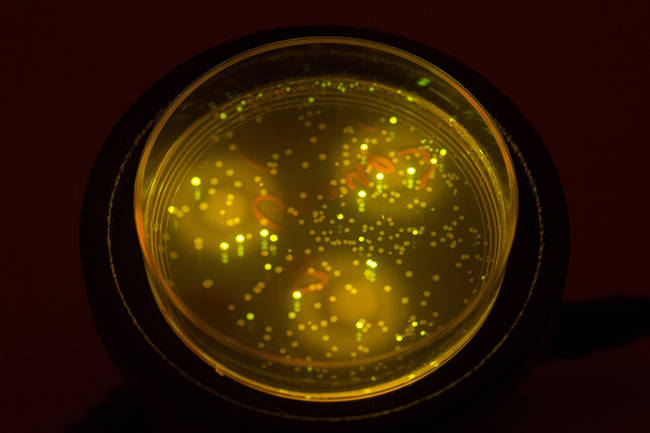 share
share



